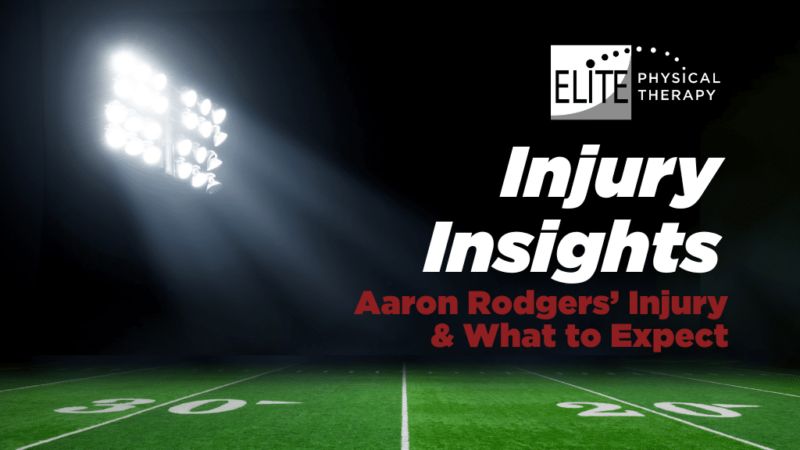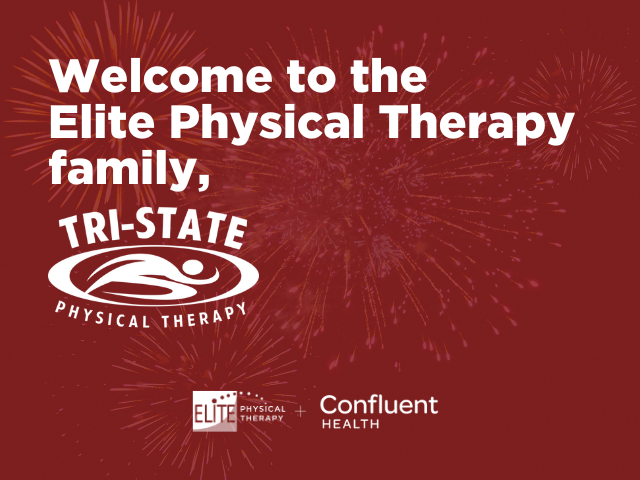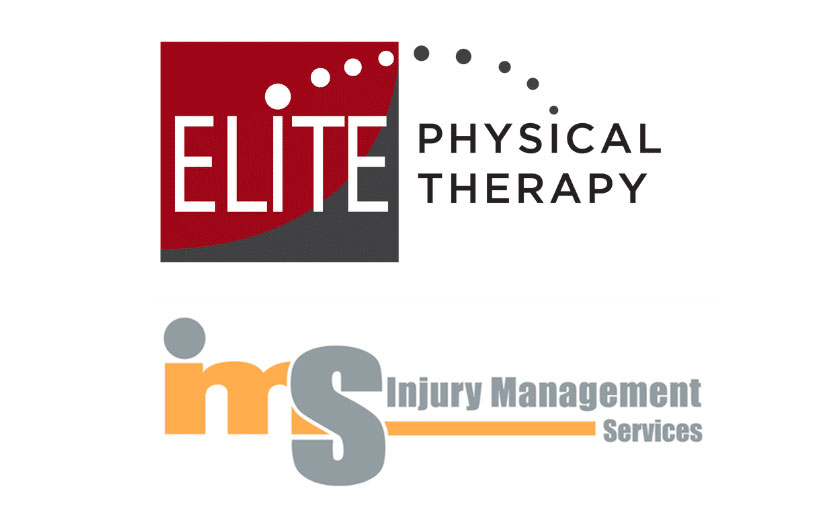By Bart Jones, DPT
Running isn’t a sport that’s necessarily gentle on the body — and runners are pretty well-known for ignoring a nagging pain until it becomes a full-blown injury. Of all endurance athletes, runners are the most likely to end up injured out of sheer stubbornness and chronic injury and pain, while a sport like cycling lends itself to more abrupt, acute injury.
So, while you’re less likely to break a bone on the running track, you are at a higher risk for overuse injuries. The good news is most of these injuries are preventable or easily treatable if you get help early in the game.
Bart Jones, DPT of ELITE Physical Therapy has a lot of experience as a runner (running over 18 marathons and still running 6 miles daily before work!) and a physical therapist who has treated many runners over the years, and he has a few insights he’d like to share with runners:
BE IN TUNE
You know that tiny click you feel in your knee when you go uphill or that slight catch in your ankle on long descents? Pay close attention to how your legs (and body as a whole) are feeling on each and every run. Take notes using an app like MapMyRun, where you can record your pace and mileage but also record little memos about that side stitch that got you at mile 3, or the ankle roll that happened halfway through your trail run. That way, you’ll be more aware of how you’re feeling, and if a nagging pain in your calf turns into a ‘pain in every step’ kind of feeling, you can trace it back and see it wasn’t just hurting for one run, it’s been a slow build. The more info you can provide a physical therapist, the better.
KNOW THAT INJURIES HAPPEN
No matter who you are or what your running background is, you’re likely going to deal with some type of injury at some point in your running career. That doesn’t mean you should hang up your running shoes, that just means you’re human. “Your body isn’t a perfect machine. It’s going to break down,” says Jones. “It’s what you do when it breaks down that matters.” And that might mean simply taking a few days off at first, before heading to a physical therapist — but if that doesn’t help, it’s time to seek professional help.
PAY ATTENTION TO THE REGULAR SPOTS
For runners, Bart says the most common injuries by far are knee problems but IT band tightness and injury is a close second. Plantar fasciitis — foot pain — is common as well as hip pain. “Those repetitive overuse injuries are the most common,” he adds. “….and often they are related to a change in what you have been doing. Either running on a new surface, trying to run too fast or running longer distances.” The tricky thing about overuse injuries is they happen gradually, which can make knowing when to take time off difficult. Typically, what happens, is you notice a pain or irritation during or after a run that you haven’t had before. It doesn’t seem like much at first, so you ignore it and just go out and run again and it gets worse. “That symptom you were feeling is a warning that you need to be careful moving forward. I like to tell people to try and run again and if you feel some pain during the run, give it a minute to go away, if it doesn’t, STOP! Or, if your pain is worse after the run, then you know something needs to be addressed,” he adds. Physical therapy isn’t always necessary, so he suggests trying a few days off before resorting to making a PT appointment, but notes that the longer you put off an appointment when dealing with persistent pain, or trying to run through the pain, the more it might cost in the long run.
RECOVERY IS PART OF TRAINING
It’s frustrating to be told to take time off from running. But consider it part of training: You’ll return and be able to be faster, better, stronger. “You’re going to live, even if you have to take four months off,” says Bart. “You’ll be a better runner if you actually heal.” (If you’re frustrated, try activities like deep water running, or biking, or simply walking to get your fix.)
TAKE PHYSICAL THERAPY AND YOUR RECOVERY SERIOUSLY
“We know when athletes haven’t been following the recommendations for rest or certain exercises,” says Jones. The ones who follow a therapist’s advice see faster results and get back to running more quickly than those who ignore exercises and stretches or try to sneak in miles. “I can always tell!” laughs Bart. “And really, it only takes 5–10 minutes to follow our exercise recommendations. It’s not hard!” This is one situation where you really want to be a model patient.
MAKE SURE YOUR SHOES FIT
So many injuries would be avoided if people just wore shoes that fit properly. If you’ve been having pain but haven’t considered swapping shoes, it might be time to go shopping. Most running stores can offer recommendations or even have periods where you can exchange the shoes if you’re not loving them, so take advantage of that and find a pair that actually fits well and suits your running style. And, of course, your shoe needs to be the correct type for your foot, whether a neutral shoe, stability shoe or motion control. I always tell people to go to a knowledgeable running store, try multiple pairs on that are appropriate for your foot structure and leave with the one that feels the best while walking or jogging in the store, not the best looking one!
LET INJURY INSPIRE YOU
When you are sidelined from running, take this time to recover properly and when you are back on the trails or the road, make sure you remember that feeling of not being able to run. “It makes your ability to run feel that much sweeter”, says Bart. “Once you’ve been away from running, coming back should feel like a huge win, even if you’re not as fast right away. Enjoy the run and be grateful for your ability to come back from injury.”
If you have a runner’s injury or overuse aches and pains, give us a call at Elite Physical Therapy and let us help get you back out on the road! Call 443.3311 for relief today!




